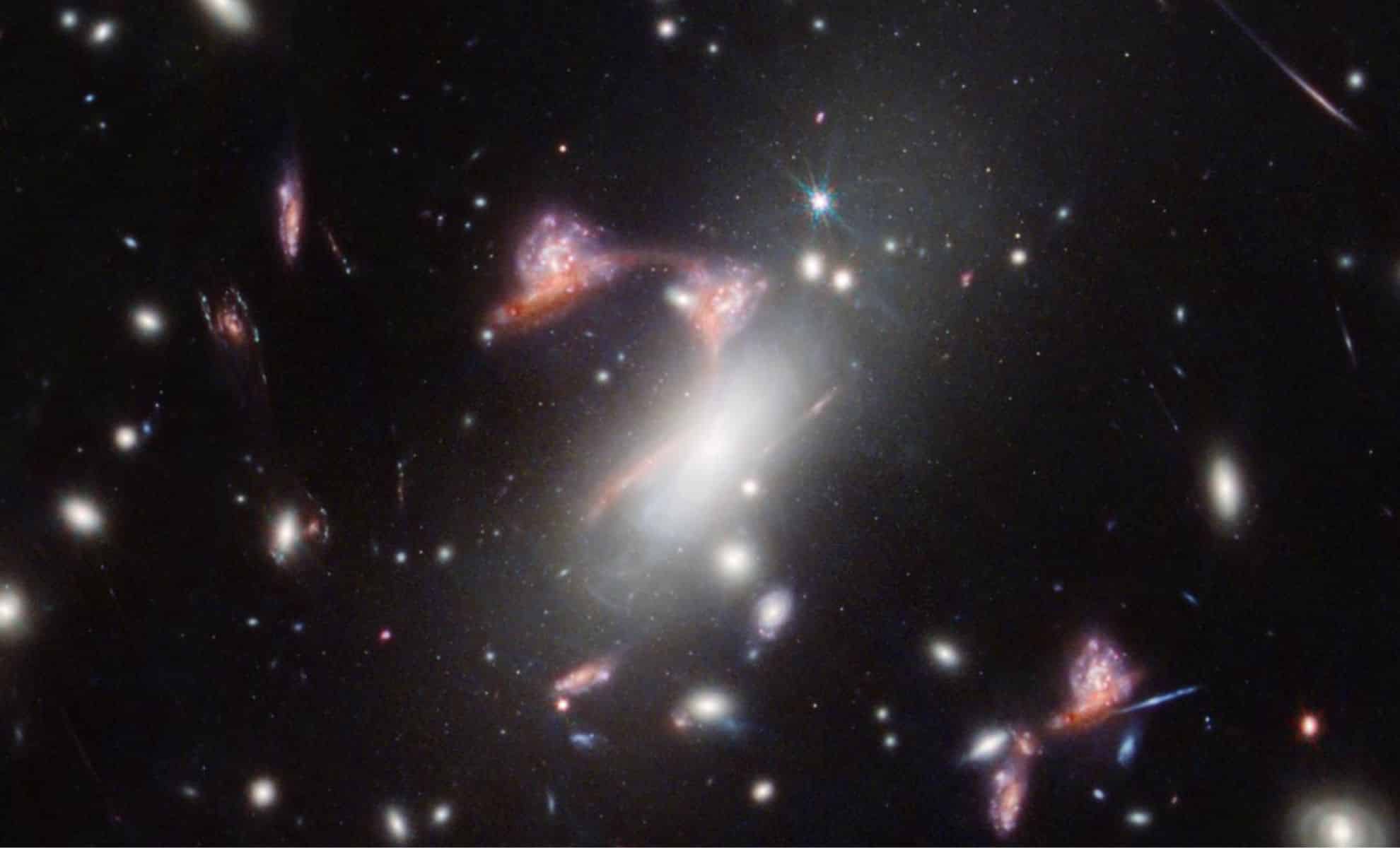The James Webb Space Telescope (JWST) has revolutionized our understanding of the cosmos by capturing breathtaking images of distant celestial objects. Launched to succeed the Hubble Space Telescope, JWST features a larger and more sensitive mirror that allows it to collect significantly more light. This increased sensitivity enables the observation of fainter and more remote objects, thereby expanding our comprehension of the universe . Utilizing various filters to capture different wavelengths of infrared light, scientists can discern intricate details about the composition and temperature of these celestial phenomena.
Astronomers pointed the powerful James Webb Space Telescope at planetary nebula NGC 1514, where a star is shedding copious amounts of gas into the universe as it gradually exhausts its fuel and shrinks down into a dense core — a shell of its former self. The resulting cosmic clouds — named a "planetary nebula" only because through the first telescopes these distant and roundish objects looked like planets — can be brilliant spectacles, and NGC 1514 is no different. Discovered in 1779, the Ring Nebula is a well-known planetary nebula in the constellation of Lyra, at a distance of about 2,570 light years away from Earth. It is a slightly elliptical ring of gas with a radius of about 1.3 light years and is often regarded as an archetypal planetary nebula.
The central star of the Ring Nebula, which is becoming a white dwarf, has a mass of about 0.61 solar masses and its effective temperature is estimated to be around 135,000 K. The star consists primarily of carbon and oxygen with a thin outer envelope composed of lighter elements.
A group of astronomers led by Raghvendra Sahai of NASA's Jet Propulsion Laboratory (JPL) recently performed new imaging of the Ring Nebula and its central star in the near- to mid-infrared wavelength range. For this purpose, they employed JWST's Near-Infrared Camera (NIRCam) and Mid-Infrared Instrument (MIRI).
One particularly remarkable image captured by JWST depicts a stellar outflow—often referred to as a "cosmic tornado"—set against a distant spiral galaxy. This image reveals not only the gas and dust emanating from a forming star but also highlights features previously unseen by earlier telescopes like Spitzer . Such detailed observations underscore JWST's ability to provide insights into cosmic structures through its advanced infrared capabilities. The culmination of this work presents a significant leap in astronomical research, facilitating deeper exploration into the origins and evolution of galaxies .
Read more
Zuckerberg's court appearance underscores a key tech industry dilemma Paddy Higson, 'Mother of Scottish film', dies at 83Sarah H
Also on site :
- How to prevent sports injuries in children
- 'You need to charge more': The San Francisco dive bar that refuses to raise prices
- What men need to know about prostatectomies – according to prostate cancer specialists

